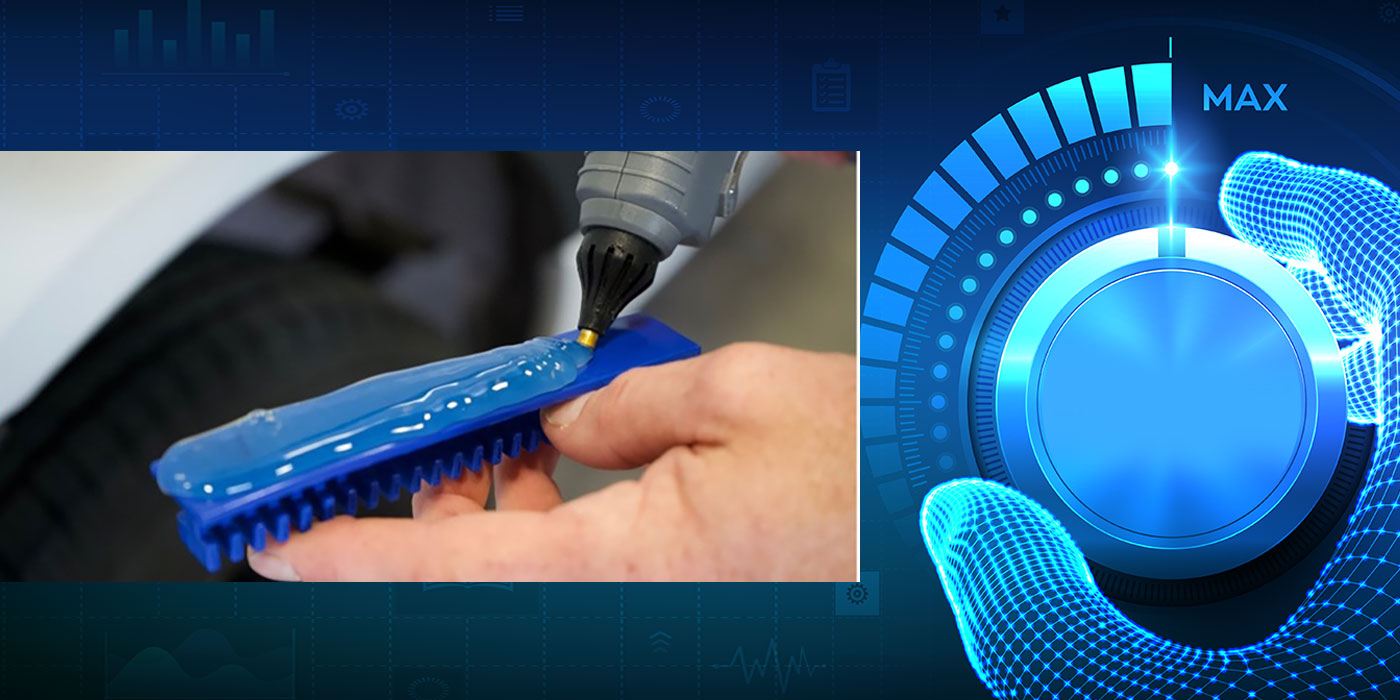The 2013 NACE Show is over, and I learned a few things. Actually, re-learned a few things. But it’s not me who needs to know them, because I don’t physically work on cars. It’s you! My job is to convey this information to you. So here goes.
Thursday morning of the show presented a real eye opener for most of the folks attending the opening general session. Collision consultant Mike Anderson showed a slide listing several make/models of vehicles and asked the crowd if they had ever repaired any of these vehicles. Many hands went up. He then asked if anyone had ever performed a zero-point calibration (recalibrated the steering angle sensor) on any of these vehicles. Few raised their hands, if any. The sad thing is that zero-point calibration needs to be performed on most vehicles with Electronic Stability Control (ESC). And guess what? The U.S. government mandated that all new vehicles have ESC by 2012. This is an essential safety feature of the vehicle designed to help the driver recover from a dangerous situation. And most repairers in the industry don’t know that they must take this step during the repair of these vehicles.
What’s encouraging is that there was new, exciting technology on the show floor that can take care of this and many other diagnostics for us. You don’t even have to be trained; you hook up a module to the car, and an ASE-trained professional diagnoses and fixes the issues remotely. This diagnostic technology is the future of the industry. We are far beyond just bending metal back into shape again – I hope most of us understand that.
The other part of the equation is insurers understanding that these diagnoses are part and parcel of proper repairs today, and repairers need to be compensated for them. Some feel insurers are still in the Dark Ages when it comes to OE repair procedures (such as performing a zero-point calibration after a four-wheel alignment), but it’s time they see the light.













